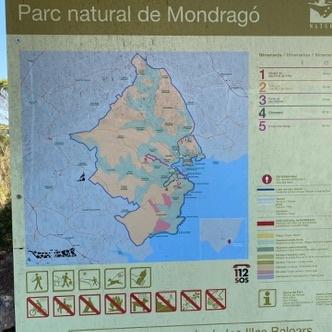What are the main conservation strategies being implemented to protect Mallorca’s forest ecosystems?
Similar Topics
mallorca forest conservation
native vegetation protection
serra de tramuntana
reforestation mallorca
wildfire mitigation strategies
sustainable land stewardship
endemic species conservation
forest ecosystem monitoring
Mallorca’s forest ecosystems are subject to several conservation strategies aimed at preserving their rich biodiversity and natural beauty. One of the primary approaches involves the protection of native vegetation through the establishment of natural parks and protected areas, such as the Serra de Tramuntana Biosphere Reserve. These designated zones help regulate land use, control development, and prevent the fragmentation of habitats, ensuring that native species have a safe environment to thrive. Additionally, efforts are being made to restore degraded forest areas by reforesting with indigenous tree species like the Aleppo pine and Holm oak, which contribute to ecosystem stability and resilience.
Forest management practices in Mallorca also focus on mitigating wildfire risks, which pose a significant threat to the island’s wooded landscapes. Authorities implement controlled burns and clear underbrush in a measured way to reduce fuel loads while preserving wildlife. Public awareness campaigns emphasize responsible tourism and the importance of not leaving litter or starting unauthorized fires. Furthermore, collaboration between local communities, government agencies, and environmental organizations fosters sustainable land stewardship that balances ecological protection with traditional agricultural activities like dry farming and grazing.
Scientific research and monitoring are key components of conservation strategies on the island, enabling experts to track the health of forest ecosystems and respond to emerging challenges such as invasive species and climate change. Projects focused on conserving endemic flora and fauna are supported by funding for habitat preservation and species reintroduction programs. By integrating ecological knowledge with practical conservation measures, Mallorca seeks to safeguard its unique forest environments for future generations while maintaining the natural charm that draws visitors from around the world.
Forest management practices in Mallorca also focus on mitigating wildfire risks, which pose a significant threat to the island’s wooded landscapes. Authorities implement controlled burns and clear underbrush in a measured way to reduce fuel loads while preserving wildlife. Public awareness campaigns emphasize responsible tourism and the importance of not leaving litter or starting unauthorized fires. Furthermore, collaboration between local communities, government agencies, and environmental organizations fosters sustainable land stewardship that balances ecological protection with traditional agricultural activities like dry farming and grazing.
Scientific research and monitoring are key components of conservation strategies on the island, enabling experts to track the health of forest ecosystems and respond to emerging challenges such as invasive species and climate change. Projects focused on conserving endemic flora and fauna are supported by funding for habitat preservation and species reintroduction programs. By integrating ecological knowledge with practical conservation measures, Mallorca seeks to safeguard its unique forest environments for future generations while maintaining the natural charm that draws visitors from around the world.
🧩 Related Questions
Related Question
What impact does Mallorca's use of desalination plants have on the island's overall water security during peak tourist seasons?
Related Question
In what ways do neoclassical styles appear in the tombs and crypts found in Mallorca’s cemeteries?
Related Question
How have tourism and local culture impacted the naming conventions in Mallorca?
